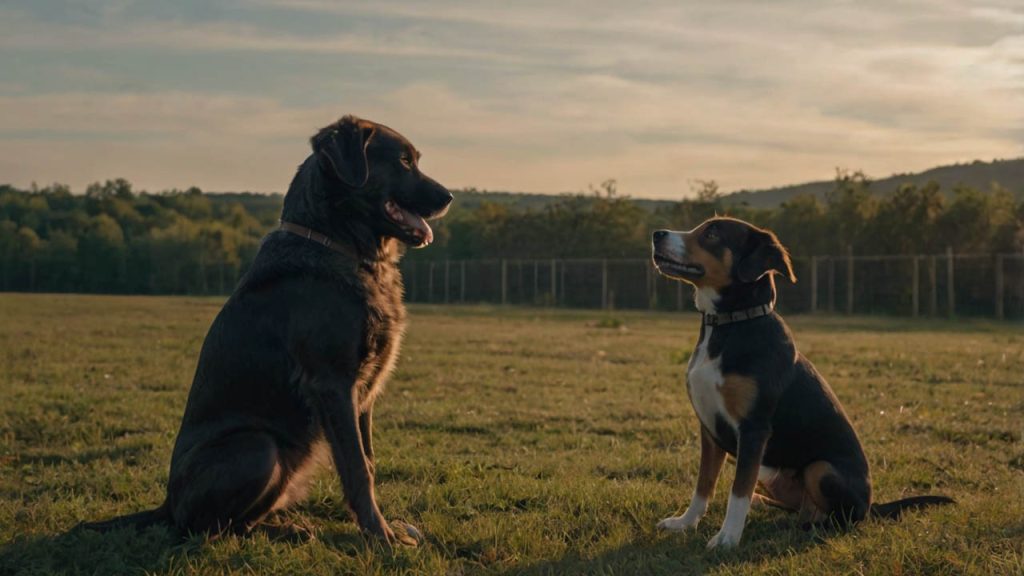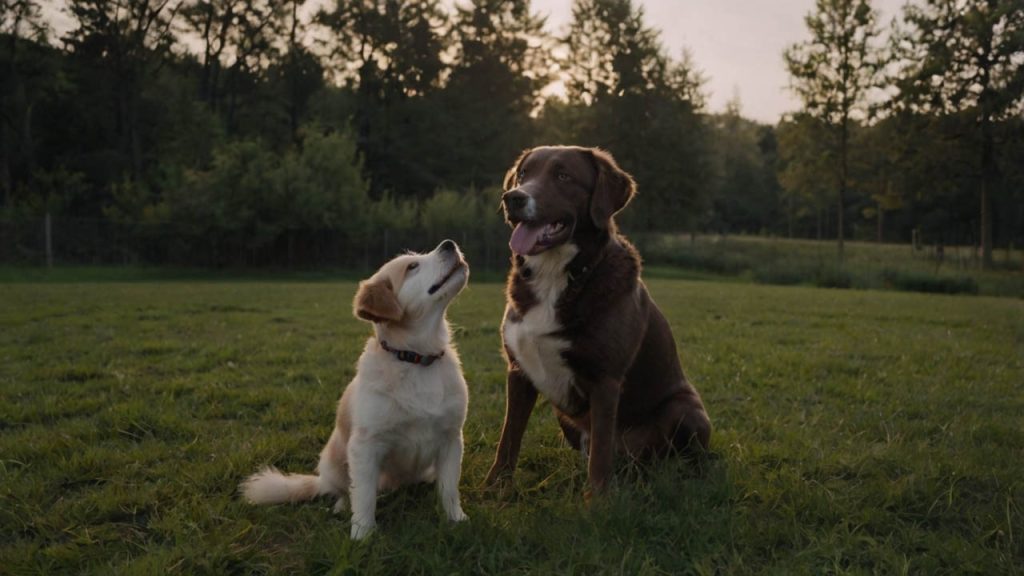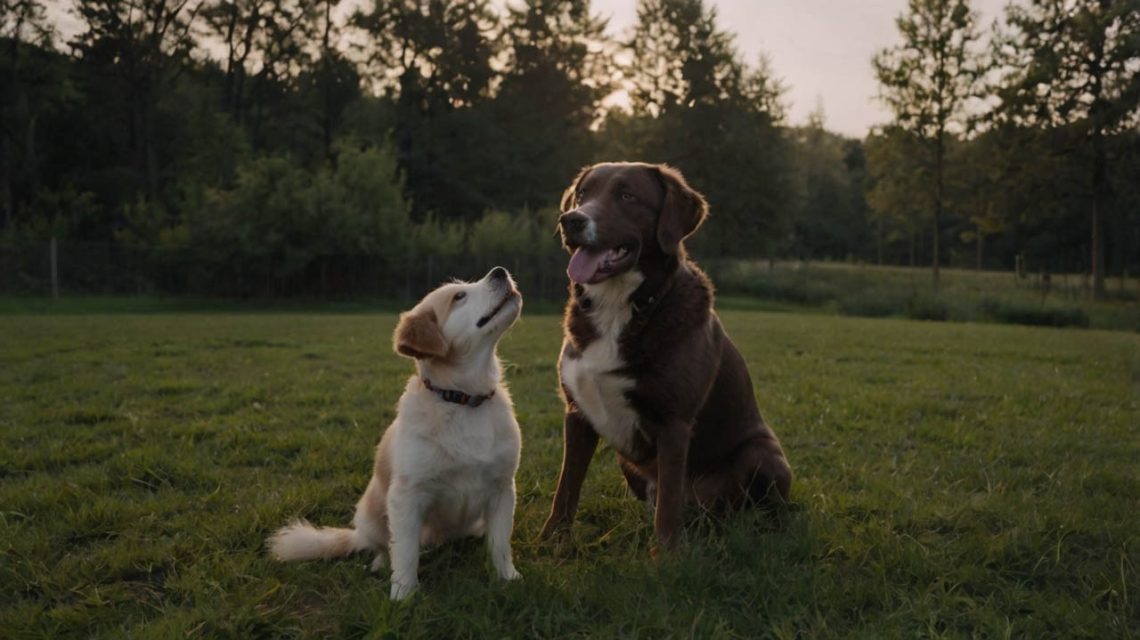How to Teach a Dog to Stay Down: The Ultimate Guide to a Calm Companion
Picture this: you’re enjoying a coffee at an outdoor café, and your dog is lying calmly at your feet, unfazed by the bustling world around them. Or perhaps you have guests over, and instead of jumping excitedly, your dog is relaxing in their designated spot. This level of self-control isn’t a fantasy; it’s the direct result of learning how to teach a dog to stay down. The “down-stay” is more than a simple trick; it’s a foundational skill for a calm, well-behaved dog and a cornerstone of responsible pet ownership. Consequently, mastering this command will drastically improve your dog’s behavior in virtually every situation.
This comprehensive guide will walk you through a proven, storyline-based method using positive reinforcement. Therefore, you can build a rock-solid “down-stay” that holds up against distractions, distance, and duration, all while strengthening the bond you share with your canine companion.
Why You Must Know How to Teach a Dog to Stay Down
Before jumping into the training steps, it’s essential to understand the immense value of this command. Unlike a simple “sit,” the “down-stay” communicates a state of relaxation and is one of the most powerful tools in your training arsenal. Ultimately, it’s a behavior that promotes calmness in your dog and control for you.

Fostering Calmness and Impulse Control
First and foremost, the “down” position is a physically calming posture for a dog. When you learn how to teach a dog to stay down, you are giving them an alternative behavior to frantic excitement or anxiety. It teaches profound impulse control. Instead of reacting to every stimulus (like the doorbell or a squirrel), your dog learns to default to a calm, stationary position. This skill is invaluable for managing high-energy dogs and creating a more peaceful home environment.
Practical Applications in Daily Life
Furthermore, the practical uses for a reliable down-stay are nearly endless.
- At Home: Prevents jumping on guests, begging at the dinner table, or rushing the door.
- In Public: Allows you to relax at parks, restaurants, or friends’ homes without constantly managing your dog.
- During Grooming/Vet Visits: A dog that can stay down calmly makes examinations and procedures less stressful for everyone involved.
According to veterinary behaviorists at VCA Animal Hospitals, teaching a dog to settle is crucial for their well-being and management in a human world. Therefore, investing time in this training pays off every single day.
The Foundation: Preparing to Teach a Dog to Stay Down
Great training results don’t happen by accident; they are built on a solid foundation. Before you begin teaching the “stay” component, you must ensure you have the necessary prerequisites in place. This preparation phase sets you and your dog up for maximum success and minimal frustration.
Mastering the Basic “Down” Command First
You cannot teach a dog to stay down if they don’t have a quick and reliable “down” command. Before proceeding, your dog should be able to go into a down position from a sit or stand on a verbal cue alone, without you needing to lure or push them. If their “down” is weak, spend a few sessions reinforcing it with high-value rewards until it’s sharp. If you need help, review our in-depth guide on Mastering the ‘Down’ Command.
Choosing the Right Tools and Environment
Next, gather your supplies and prepare your training space.
- High-Value Treats: Use small, soft, and extra-tasty treats that your dog loves. This isn’t the time for dry kibble. Think cheese, boiled chicken, or commercial training treats.
- A Quiet Environment: Start in a low-distraction area, like your living room, where your dog feels comfortable and can focus solely on you.
- A Comfortable Surface: Especially for older dogs or those with joint issues, practice on a soft rug or mat to make the extended down position comfortable.
The Mindset for Success: Patience and Positivity
Finally, your own mindset is critical. When learning how to teach a dog to stay down, remember that you are building duration and self-control, which takes time. Keep your training sessions short (3-5 minutes is plenty to start), frequent, and always end on a positive, successful note. Your energy should be calm and encouraging.

The Core Method: Step-by-Step Guide to Teach a Dog to Stay Down
With your foundation in place, you’re ready to begin the core training. This method is broken into clear, incremental steps. Master each step completely before moving to the next to build a reliable, confident behavior.
Step 1: Introducing the “Stay” Cue (The 3-Second Rule)
First, ask your dog to lie “Down.” Once their elbows and hips are on the floor, say your stay cue (“Stay” or “Wait”) in a calm, clear voice. Use a flat hand signal (like a police officer stopping traffic) if you wish to add a visual cue.
Wait for just 2-3 seconds. Before your dog has a chance to get up, say your release word (“Okay!” or “Free!”), and give them a treat. Crucially, in these early stages, you should give the treat after they get up, so they don’t learn to creep forward for the reward. The reward is for the act of staying and then releasing. Repeat this 5-6 times. The initial goal is simply to teach them that the word “Stay” means “don’t move until you hear the release word.”
Step 2: Building Duration Incrementally
Once your dog understands the 3-second rule, you can begin to slowly increase the time. This is a core component of how to teach a dog to stay down effectively.
Ask for the “Down” and then “Stay.” Silently count to five. Then release and reward. In the next session, try for seven seconds, then ten. Mix it up—sometimes ask for five seconds, sometimes twelve, sometimes seven. This variability, known as a variable reinforcement schedule, keeps your dog engaged and prevents them from just guessing when the time is up. If your dog gets up before you release them, don’t scold them. Simply say “Oops!” without emotion, gently guide them back into the down position, and try again with a shorter duration to ensure success.
Step 3: Adding Distance Slowly
When your dog can comfortably hold a down-stay for 30-60 seconds while you stand right next to them, you can begin to add distance.
Ask for the “Down-Stay.” Then, take just one small step back. Immediately step forward again, release, and reward. Your initial movement should be tiny. Gradually increase the distance: one step back, two steps back, one step to the side. Always return to your dog to release and reward. Rushing the distance is the most common mistake trainers make. This slow, steady process builds your dog’s confidence that you will always come back.
Step 4: Incorporating the 3 D’s – Distractions
This is where the training becomes real. Once your dog can hold a down-stay with duration and distance in a quiet room, it’s time to add distractions. This is the ultimate test of how to teach a dog to stay down.
Start with very mild distractions. For example:
- Cough or clear your throat.
- Slowly reach down and touch your shoe.
- Take a toy out of your pocket and place it on the floor (don’t throw it).
- Have another person walk slowly across the far side of the room.
If your dog holds the stay, give them a huge “jackpot” reward (multiple treats). If they break, the distraction was too difficult. Simply reset and try an easier version. Gradually increase the intensity of the distractions over many sessions.
Advanced Techniques to Teach a Dog to Stay Down
Once you have a solid down-stay in your quiet training space, it’s time to “proof” the behavior, which means teaching your dog that the command applies everywhere, not just in the living room.
Proofing the Behavior in New Environments
Take your training on the road. First, try the backyard. Then a quiet park. Then a more bustling area. Each time you change the environment, you must temporarily lower your expectations. Go back to a shorter duration and less distance at first, as the new sights and sounds are a built-in distraction. This process of generalization is key to making the skill reliable anywhere you go. This is how you truly teach a dog to stay down in the real world.
Fading the Lure and Hand Signals
If you’ve been using a hand signal, start to rely more on your verbal cue. Ask for the “Stay” with just your voice. You can also start practicing “out of sight” stays. Ask your dog to stay, take one step around a corner so they can’t see you for one second, then step back into view, return, and reward. This builds a tremendous amount of trust and confidence.
Troubleshooting Common Problems When You Teach a Dog to Stay Down
Even with the best plan, you might hit a snag. Here’s how to troubleshoot the most common issues.
What if My Dog Pops Up Immediately?
This almost always means you’ve asked for too much, too soon. Go back to Step 1. Your duration might be just one second initially. Reward any moment of stillness after the “Stay” cue. Build success on tiny, achievable wins. A study in the Journal of Applied Animal Behaviour Science confirms that breaking down complex behaviors into small, highly reinforced steps is the most effective training method.
What if My Dog Gets Distracted and Breaks the Stay?
This is not a failure; it’s information. The distraction was too high-level for their current training stage. Manage the environment to make it easier. If another dog walking by is too much, start with a person walking by at a much greater distance. Control the variables so your dog can succeed, and then gradually increase the difficulty. Remember, you must teach a dog to stay down by setting them up for success, not by correcting failure.
Conclusion: Your Journey to a Calm, Controlled Canine
Learning how to teach a dog to stay down is a transformative process for both of you. It’s a journey that builds patience, clear communication, and incredible impulse control in your dog. By following this storyline—from building a solid foundation to incrementally adding the 3 D’s and proofing the behavior—you are giving your dog the tools to be a calm and confident companion in any setting.
The peace of mind that comes from having a dog who can relax on cue is one of the greatest rewards of dog training. You’ve built a language of trust that will serve you well for the rest of your lives together.
Ready to build a rock-solid down-stay? Share your training triumphs and questions in the comments below! For more expert training advice, explore our Seeing Eye Dog Training – Steps to Independence.


